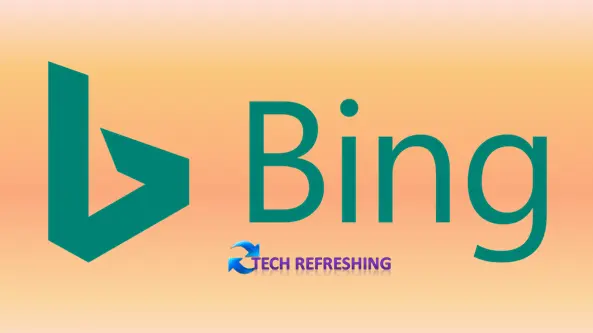Microsoft has announced the next generation of its AI-powered Bing and Edge search engines, aimed at transforming the largest category of software in the world. The new Bing and Edge seek to greatly expand the capabilities of the platform, from eliminating the waitlist for trial, to making search more visual and productive, and opening up platform capabilities for third-party developers to build on top of Bing.
Bing Moves to Open Preview
The new Bing has received an overwhelming response from customers, resulting in remarkable adoption, engagement, and feedback. As a result, the Bing Open Preview is now accessible to all without any waitlist. This implies that trying out the new Bing and Edge has become more convenient than ever before, as users can sign in to Bing with their Microsoft Account.
Making Search More Visual
Visual tools are crucial in how people search, create, and comprehend information since the human brain can process visual data approximately 60,000 times quicker than text. The new Bing platform has been renowned for its visual experiences, and now, it is bringing those experiences to chat. It is providing more visually rich answers, such as charts and graphs, and updated answer formatting to make it simpler for users to find the information they need.
In addition, Bing is expanding its Image Creator to all languages in Bing, making it the only search experience with the ability to generate both written and visual content in one place, from within chat. As part of its journey towards a redesigned Microsoft Edge, where one in four Bing chats originate, the platform is also undergoing a makeover. Users can expect to see a more modern and improved user interface that features a streamlined look, rounded corners, well-organized containers, and semi-transparent visual elements as these updates begin to roll out.
Making Search More Productive
Among the most frequently requested features by users are the abilities to retain access to chat history and to share and export it. These features are soon to be available, enabling users to resume their previous Bing chats with the chat history intact. Moreover, when users open a Bing chat result to explore something further, their chat will move to the sidebar of their Edge browser. This will allow them to keep their chat readily accessible while browsing.
In the future, Microsoft aims to personalize chats by incorporating context from prior conversations into new ones. Moreover, the platform plans to add share and export capabilities to chats, allowing users to conveniently share their chats on social media or continue developing a newly discovered idea. These functionalities are set to be introduced soon.
In the near future, Microsoft Edge’s chat feature will receive upgrades in summarization capabilities for lengthier documents, such as PDFs and extended webpages, to make it more convenient for users to process dense online content. Edge actions will be introduced in a few weeks, which users can use AI to accomplish more tasks with fewer steps. For instance, if they want to view a particular movie, actions in Edge will find and display the user’s movie options in the chat sidebar and play the movie they want from the available sources.
In the near future, Edge mobile will enable users to have page context, enabling them to ask questions in Bing chat related to the mobile page they are currently viewing. The sidebar’s compose feature will also be able to customize drafts based on feedback provided, such as tone, length, phrasing, and more.
In conclusion, the next generation of AI-powered Bing and Edge search engines is set to transform the way people search and find information on the web. With the new features and capabilities, Bing and Edge aim to make search more accessible, visual, and productive, as well as offer third-party developers an opportunity to build on top of the platform.




